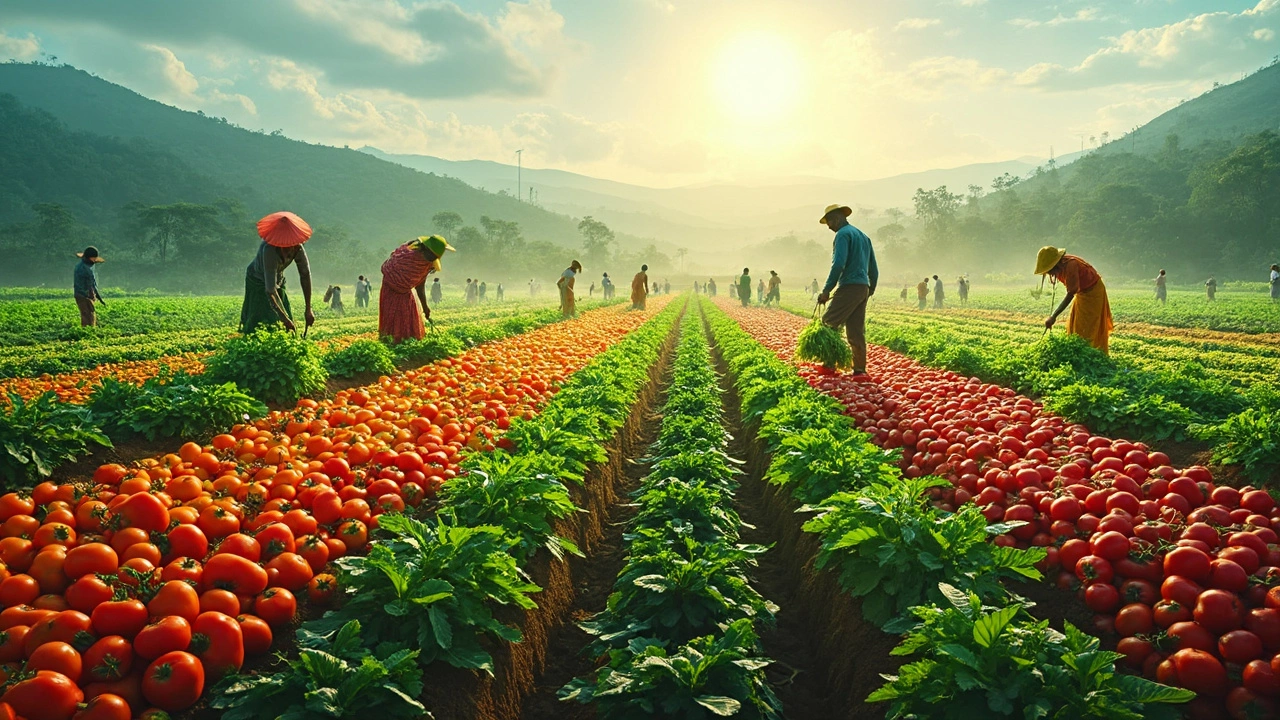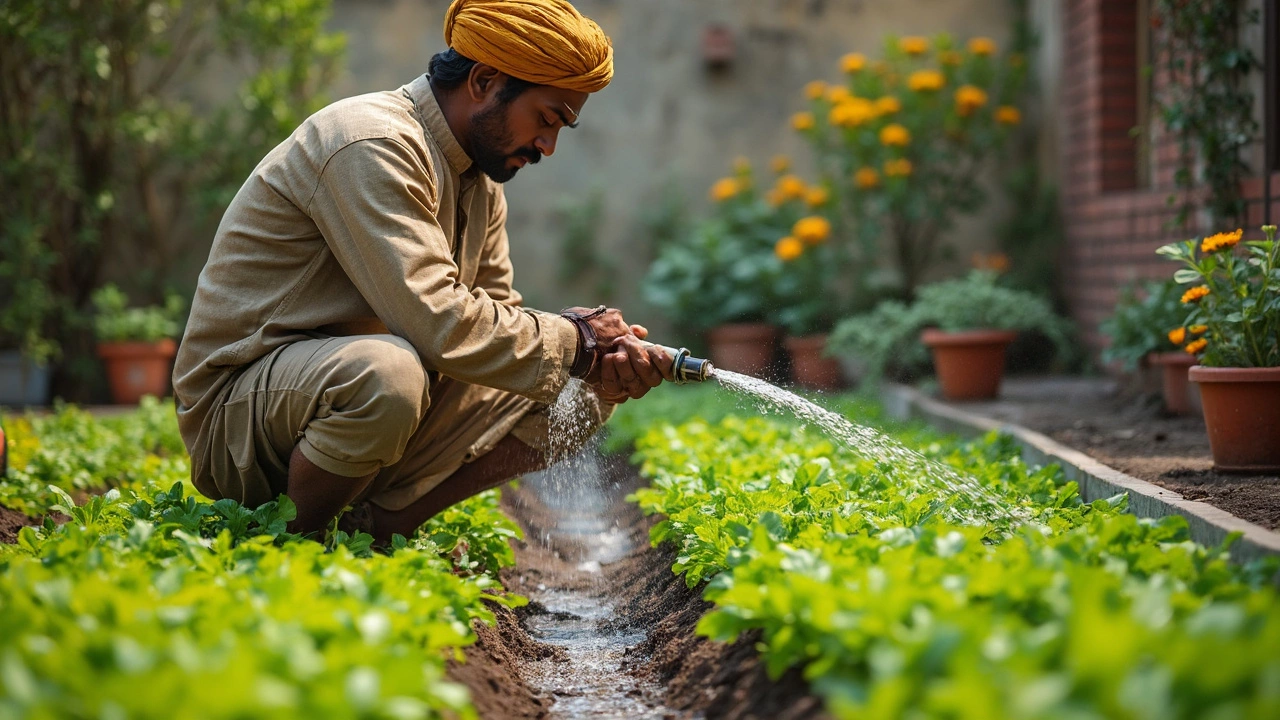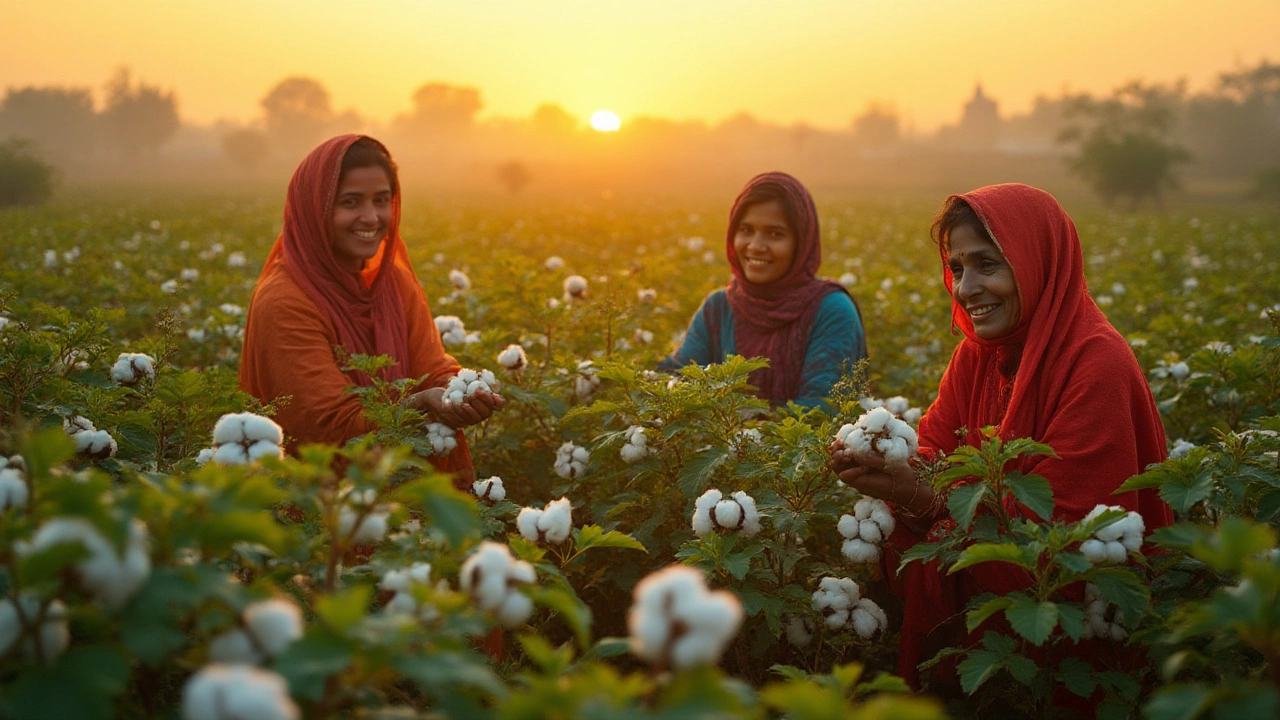Top Textile Companies in India – Leading Fabric Makers and Their Impact
When working with top textile companies, leading firms that design, produce, and market fabrics and garments across India. Also known as leading textile manufacturers, they drive employment, export earnings, and innovation in the sector. These companies sit at the crossroads of raw material sourcing, fibre processing, and finished‑goods distribution. Understanding how they operate gives you a clearer picture of why India’s textile belt remains one of the world’s most dynamic.
One of the biggest inputs for any top textile company is cotton, a natural fiber that fuels most Indian textile output. Cotton farming spreads across Maharashtra, Gujarat, and Punjab, supplying the raw yarn that powers spinning mills. When a mill converts cotton into yarn, it unlocks the potential for a wide range of fabrics—from plain weaves for workwear to fine muslins for luxury garments. The health of the cotton crop, therefore, directly influences the productivity of textile firms and the pricing of finished fabrics.
Beyond raw fibre, the term fabric, the woven or knitted material that becomes clothing, home textiles, and industrial textiles captures the core output of these companies. Indian states like Gujarat, Tamil Nadu, and West Bengal each specialize in distinct fabric traditions—handloom silk, cotton khadi, synthetic blends—and the top textile firms often partner with local artisans to preserve that heritage while scaling production. This blend of tradition and modernity creates a unique market niche that attracts both domestic buyers and overseas fashion houses.
In recent years, sustainable manufacturing, practices that reduce waste, energy use, and water consumption while maintaining quality has become a decisive factor for success. Companies that invest in water‑recycling plants, low‑impact dyes, and renewable energy not only cut costs but also meet the growing demand from eco‑conscious brands. This shift shows how sustainability influences the strategic choices of top textile companies, turning environmental responsibility into a competitive advantage.
How These Elements Connect
Top textile companies encompass cotton processing, fabric creation, and sustainable manufacturing—all of which are tightly interlinked. Cotton supplies the raw yarn, yarn feeds the fabric mills, and sustainable practices ensure that each step leaves a smaller ecological footprint. The sector’s heritage ties back to centuries‑old handloom techniques, yet modern factories adopt digital design tools and automated looms to meet global standards. As a result, the industry balances heritage with high‑tech efficiency, creating jobs, supporting rural economies, and boosting export revenues.
What you’ll find in the collection below is a mix of deep‑dive articles, market data, and practical guides that reflect these themes. From state‑wise fabric heritage to the latest plastic‑free dyeing methods, each piece adds a layer to the big picture of Indian textile manufacturing. Dive in to see how the leading firms are shaping the future of fabrics, what challenges they face, and which opportunities are worth watching.
Richest Textile Company in the World: Who Tops the List?
This article uncovers which textile company holds the crown as the richest in the world, focusing on their scale, influence, and how they stack up against major players in India. You'll find clear info about their revenue, business strategies, and impact on the global market. Expect some surprising facts about what really drives these textile giants. If you want tips on how Indian companies are catching up, this article has got you covered. Everything is broken down so it's easy and practical to follow.
- manufacturing
- India
- food processing
- garden tips
- rice cultivation
- government schemes
- balcony garden
- urban gardening
- balcony gardening
- profitable business
- business ideas
- plastic manufacturing
- drip irrigation
- plant care
- steel manufacturing
- sustainable gardening
- startup ideas
- steel industry
- flower gardening
- textile manufacturers






